When you start out hunting for your first cookware, everyone has an opinion. Mom might tell you that you just need one good nonstick skillet to start. Dad will insist that you have a proper cast-iron Dutch oven in order to make his famous braise.
They’re both right, in a sense, as you probably need two skillets and two big pots just as starting points. (Here’s a deep dive on precisely which pieces you should buy and a video that breaks it all down.)
In an ideal world and once you’ve gotten your footing as a cook, both to save money and beautify your kitchen, you should snap up one whole set of cookware at once. (Boy, do we have plenty of good-looking sets!)
But here’s the thing: Material really matters. Most nonstick pans aren’t designed for super-high heat. If you only have cast-iron skillets and eat eggs daily, whoever’s doing the dishes isn’t going to be your biggest fan. So here’s a 101 on the most common cookware materials, all the better for you to figure out what you really need.
Stainless Steel
As test kitchen director Belle English says, “A good stainless steel set is probably your best bet for basic, all-around cooking, but not all stainless cookware is created equal.” She suggests you look for “18/10,” which denotes a nonreactive cooking surface. That means tomatoes and citrus shouldn’t taste metallic once cooked. You’ll also see the terms “3 ply,” “5 ply,” and “aluminum core” and “copper core.” Most of us can get away with 3-ply aluminum core stainless steel, which heats quickly, especially novice cooks. But the copper core 5-ply stainless pans, such as those from All-Clad, are really “the Cadillacs of everyday cooking,” says Belle. Those heat evenly, hold their heat, and are thick enough on the bottom that they’ll protect your food from burning. Bonus: Stainless steel sets tend to be dishwasher-safe.
Copper
Want your home to look like a bistro in the French countryside? Consider copper. Gleaming and gorgeous, copper requires a bit of TLC if you want to maintain that just-out-of-the-box shine, but most cooks love the patina it develops over time. As for its performance on the stove top, pretty much nothing beats it for slow-cooking over an even amount of heat. It’s ideal, says Belle, for the risotto you want to bring to the table right in the pot, or tricky recipes like caramel and lemon curd that rely on precise heat. And honestly, it’s a joy to look at.
Copper is 100 percent safe so long as it’s lined with aluminum or tin, as most are. To clean it, use copper polish, baking soda mixed with lemon juice, a lemon half sprinkled with salt, or a vinegar-dampened rag. And try to avoid scratching it! Copper is a treat for the real home cook, so keep an eye peeled at estate sales or invest in a few quality pieces right now.
Cast Iron
Anyone who has cooked with cast-iron knows it’s as thrilling as copper, but for a different reason: Boy, does it get hot. It’s a slow-building heat, but it’s a blast to sear pork chops and steaks in a cast-iron skillet, then throw the whole thing in the oven—so easy!—to finish cooking in minutes. In fact, it gets so hot that you can often cook the chops or steaks right on the stovetop without turning on the oven. Meat browns beautifully in cast-iron. “Regular” cast-iron has been around for hundreds of years and is almost impossible to damage. Some needs to be “seasoned” with fat before use, but it develops a natural nonstick patina over time. It will occasionally need to be re-seasoned. Just don’t let yours rust; always dry completely after use.
Enameled cast iron—such as the famously stunning Dutch ovens from Le Creuset and Staub—features enamel coating over the metal that prevents it from rusting. The enamel doesn’t require seasoning and, unlike regular cast iron, it can handle acidic foods. This is what you want to use for your slow-simmered tomato sauce. It is tremendously durable and long-lasting, although the enamel coating can chip if you really klunk it. And it can’t handle the heat load of regular cast iron.
Nonstick
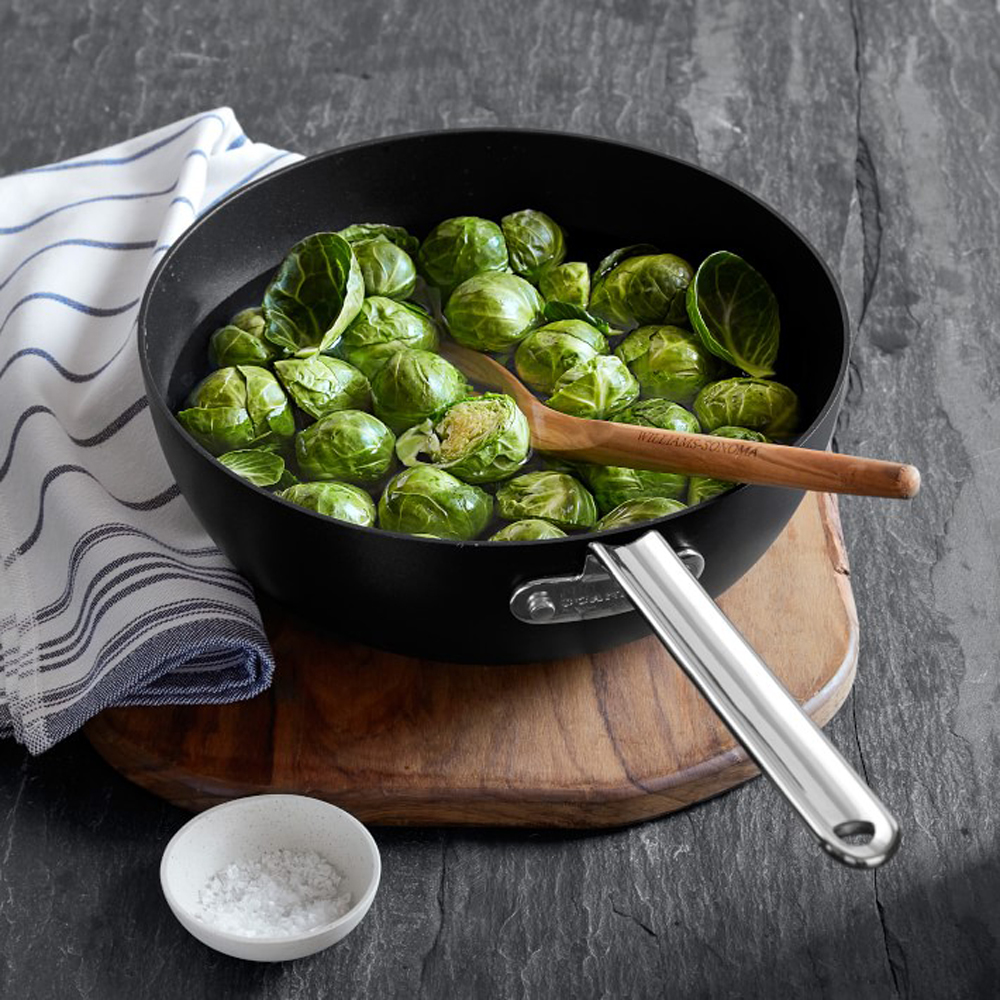
If you’ve ever lost the skin of a succulent salmon fillet to your cast-iron skillet, you understand the allure of nonstick pans. Starter cooks love them and most experienced cooks have at least one large nonstick skillet on hand. For eggs, tofu and fish and other delicate, difficult-to-extract dishes, nothing is easier to use. The coating on nonstick pans can vary, but most are either PTFE (a synthetic polymer) or “ceramic,” a ceramic-like coating called “sol-gel.” (Here’s an excellent deep dive on both materials.) This pan of ours is hard-anodized aluminum with a triple layer of nonstick coating, so it can be used over higher heat than most nonstick. Be aware, though, that coating on all nonstick pans will wear over time. Save them for hand-washing, avoid using them for harsh cooking techniques like browning and deglazing, and enjoy how darn easy they are to clean!
For our super-thorough cookware buying guide, go here!

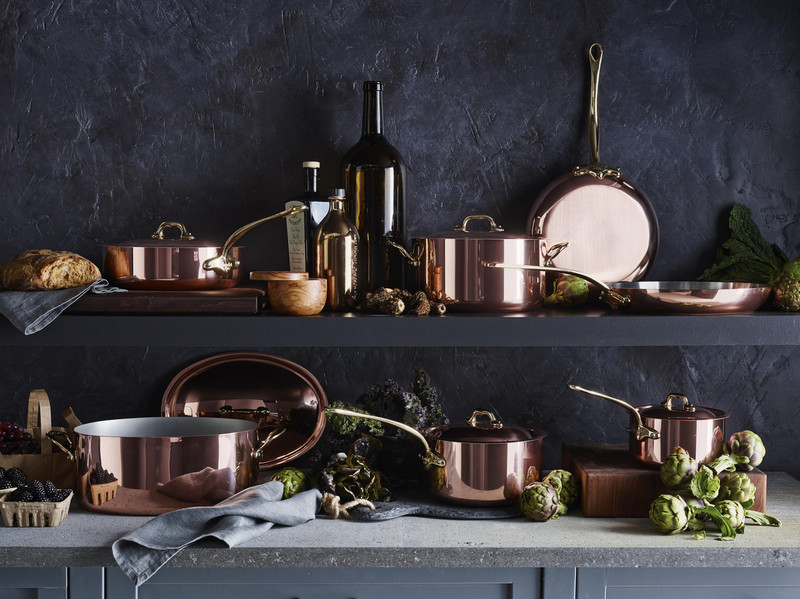
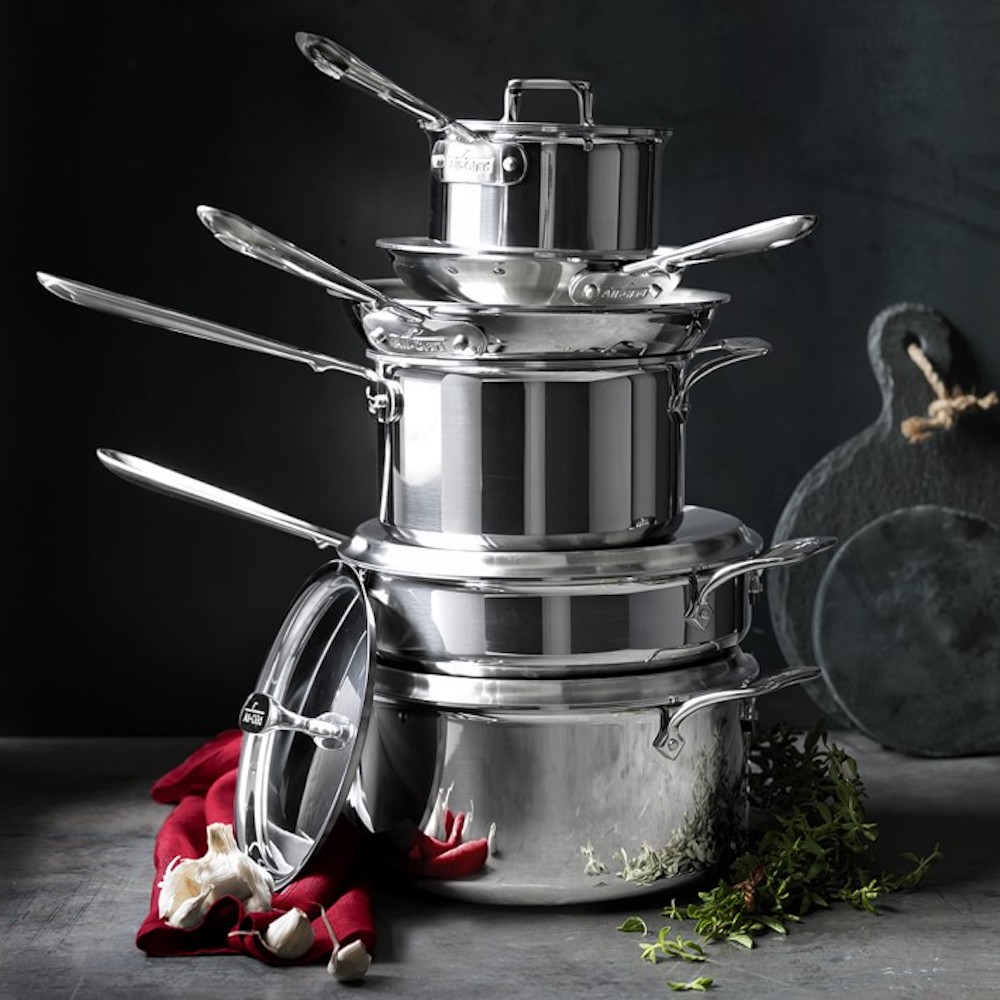
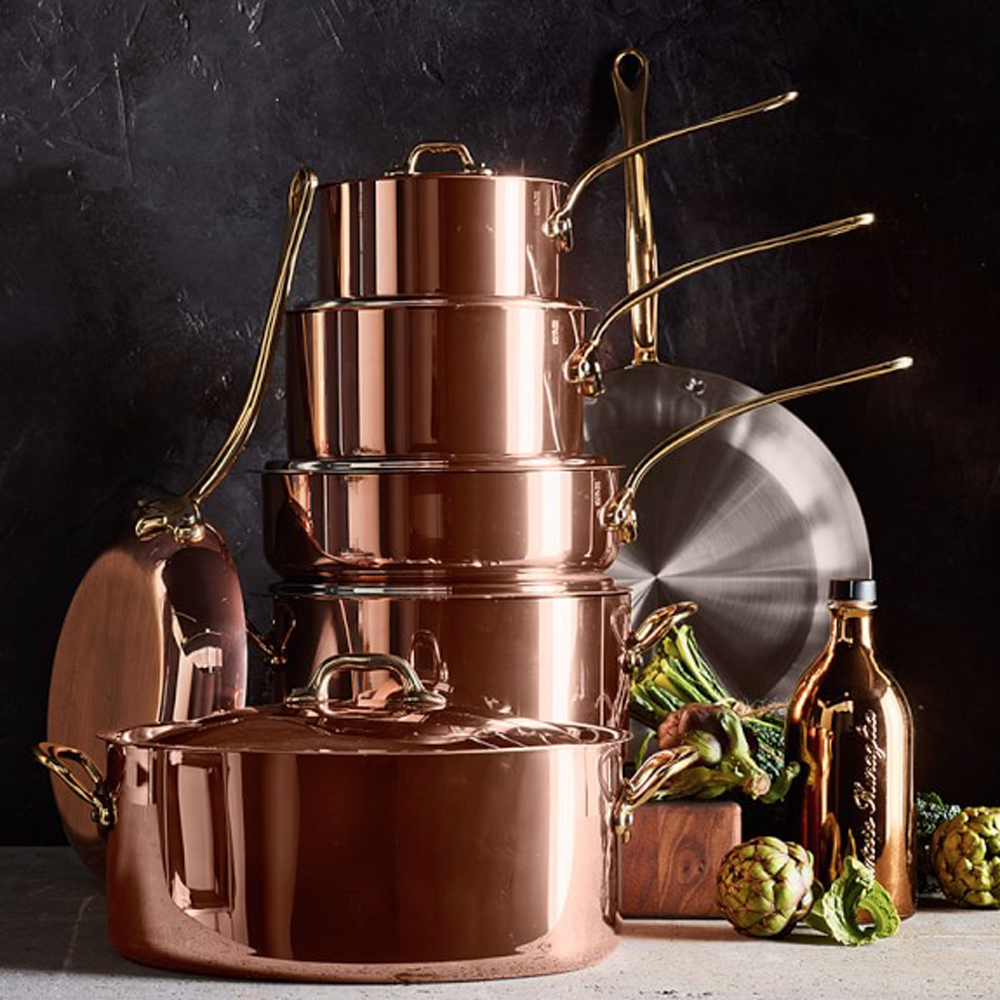
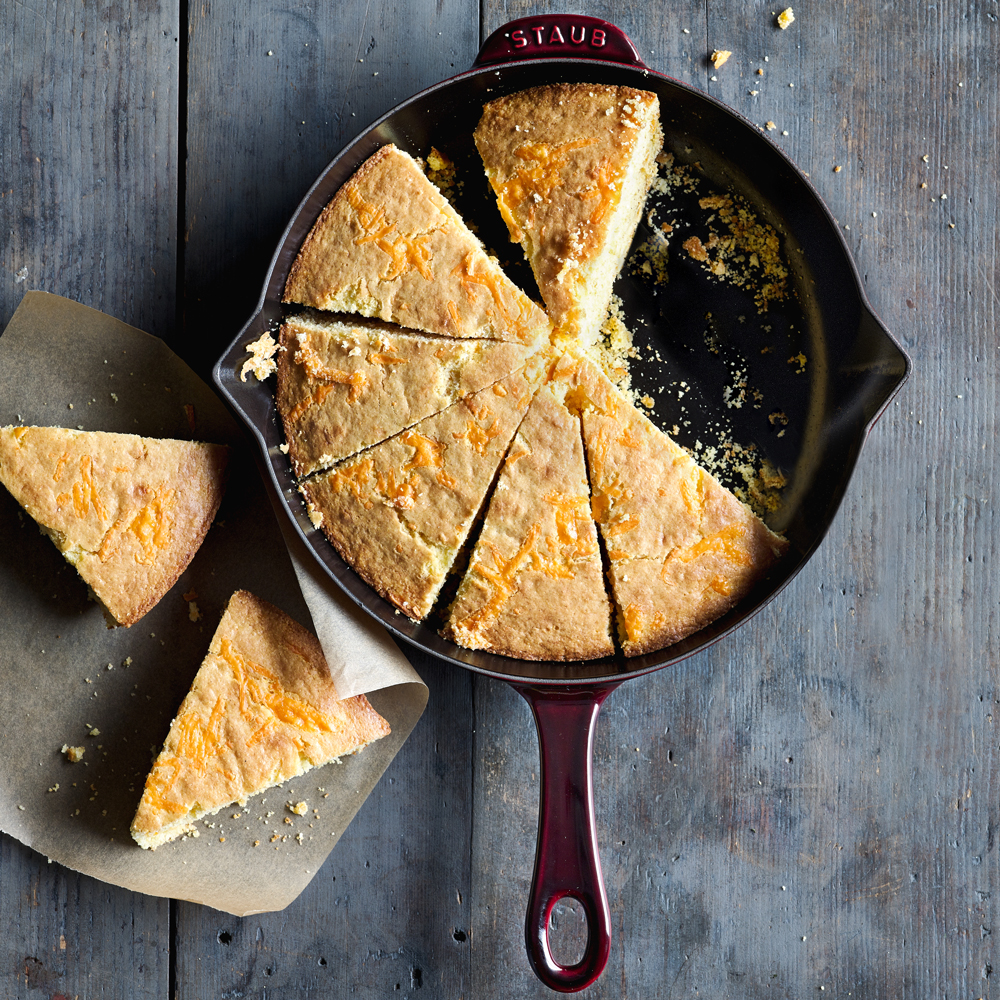
4 comments
Although the name of the cookware set is nontoxic nonstick cookware set, it’s only part of the truth. Actually, all nonstick cookware sets are not toxic. The basic idea of manufacturing toxic nonstick cookware was: using unhealthy chemicals (like PFOA) in the manufacturing process to create nonstick coating for cookware. And some people claim that this is harmful to human health. Williams Sonoma offers you the best quality of healthy cookware sets. They have the perfect collections that will make sure you will cook perfectly every time. you can visit here for more details about nontoxic cookware sets: https://bestcookwareshome.com/best-nontoxic-nonstick-cookware-sets/
Thanks for sharing this awesome post.
You may know that cast iron is the first choice when it comes to cookware material. To cook delicious and healthy foods you also need a cast iron griddle.
I was extremely dazzled by this post, this site has consistently been wonderful news Thank you especially for a particularly fascinating post.
I know very well my ceramic cookware set and hard anodized nonstick pan. They are lightweight, need less oil for cooking and very easy to clean. The ceramic pan is perfect for gas stove and induction stove.
Now I wish, one day I will get an expensive stainless steel cookware set for my kitchen.